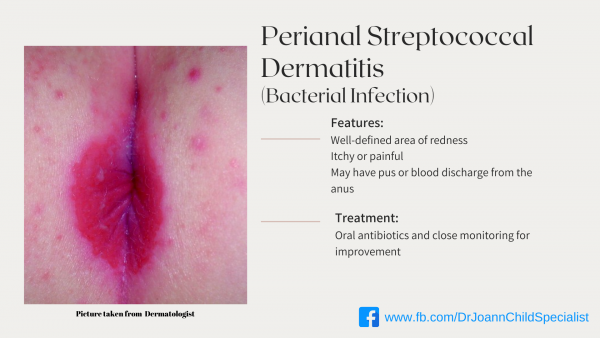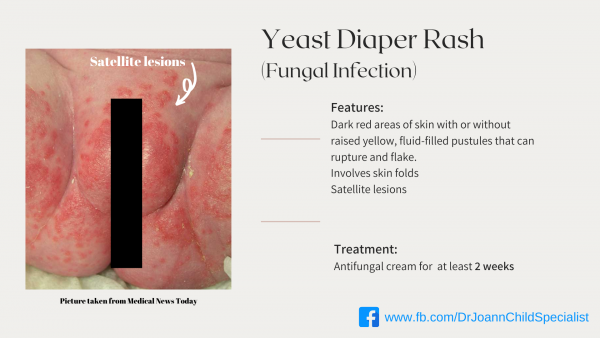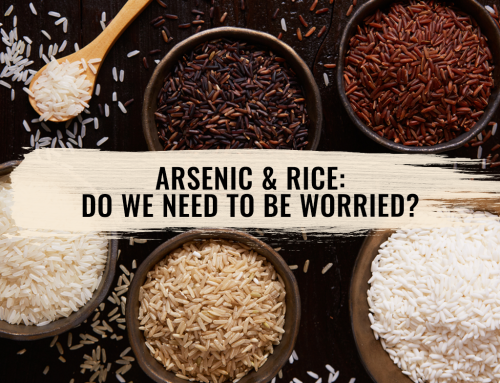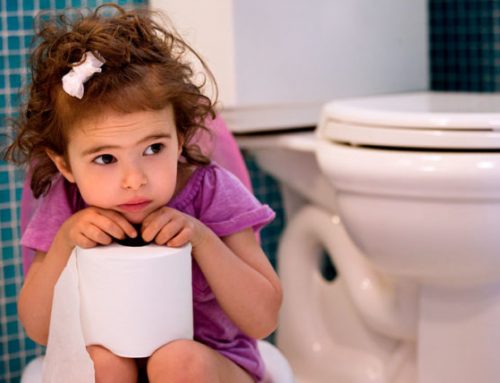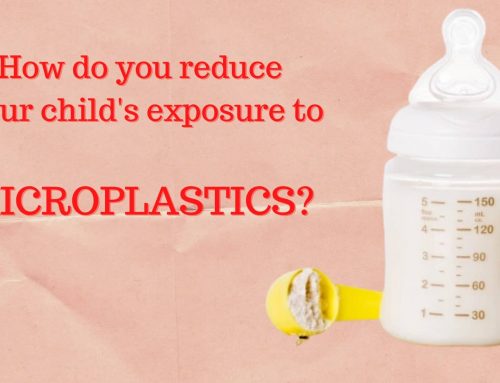Diaper Rash in Children
Diaper rash is so common that it affects at least 50% of infants. Although it is far from life-threatening, it can cause significant discomfort to a child. This condition commonly affects children between ages 3 to 15 months of age, especially in those who are wearing ill-fitted and non-breathable diapers.
These factors disturb normal skin equilibrium leading to diaper rash.
Prolonged contact of skin with urine and faeces
Contact of skin with urine and faeces for long periods can lead to damage of the superficial skin leading to the breakdown of the normal skin barrier. For example, a child with diarrhoea has a higher risk of getting a diaper rash.
Friction between diaper and skin
The constant rubbing of the diaper against the skin can lead to skin irritation. Always ensure that your child is wearing an appropriate-sized diaper. The diaper should fit snugly around the waist and thighs however allowing you to run your fingers around the edges.
Sensitive skin
All baby wipes will contain some amount of chemicals to prevent the wipes from becoming mouldy. These chemicals can easily irritate the skin especially in children with skin conditions like eczema. Try to limit the use of baby wipes to only when you are away from home. Instead, wash your child’s bottom with water and dab dry using a clean cloth.
Use of antibiotics
Antibiotics kill both good and bad bacteria. Bacteria that keep yeast (fungus) growth in check may be depleted, resulting in diaper rash caused by yeast infection. Antibiotics also increase the risk of diarrhoea in a child.
How to treat diaper rash?
? Fear not as taking care of your child’s bottom can be as easy as ABCD.
✔️A: Air the bottom
– Allow your child to have some diaper-free periods to allow the skin to be exposed to air.
– Place a waterproof barrier underneath the child to prevent accidental soiling.
✔️ B: Barrier
– Apply a barrier ointment or paste at every diaper change. Most diaper products contain ingredients such as petrolatum or zinc oxide.
– It is not necessary to completely clean the ointment or paste off the skin at diaper changes.
✔️ C: Clean
– Keep your child’s bottom clean and dry at all times.
– Diapers should be changed every 2-3 hours or immediately after a bowel movement to reduce the contact of skin with urine and faeces.
✔️ D: Disposable diapers
– During an episode of diaper rash, do consider using disposable diapers rather than cloth diapers.
It can be difficult to differentiate whether a diaper rash is due to skin irritation, fungal or bacterial infection. A persistent diaper rash for 2 weeks with no signs of improvement is best seen by a doctor for an assessment.
References:
1. Kimberly A Horri : Diaper rash in Infants and Children – UpToDate Sept 10,2019
2. A/Prof Amanda Oakley, Dermatologist, Hamilton, New Zealand, 1997 : Napkin dermatitis https://dermnetnz.org/topics/napkin-dermatitis/
3. Dr Mark Duffill, New Zealand 2008 : Perianal streptococcal dermatitis https://dermnetnz.org/to…/perianal-streptococcal-dermatitis/
INTERESTED IN PARENTING ARTICLES?
We have the right articles just for you.
“There is no such thing as a perfect parent. So just be a real one.” – Sue Atkins


